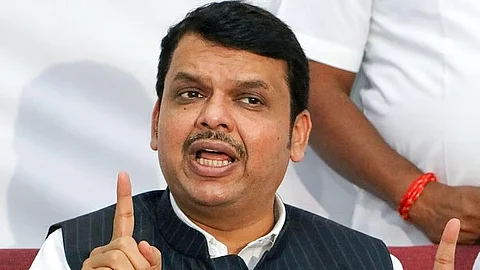

The Akhil Bharatiya Marathi Sahitya Mahamandal, Maharashtra’s premier Marathi literary organisation, has voiced strong opposition to the state government’s recent decision to implement a three-language formula for students in Classes 1 to 5. The controversy arises from an amended government order issued on Tuesday, which states that Hindi will “generally” serve as the third language, though students may opt for another Indian language if at least 20 students in a grade make such a request.
In a sharply worded statement released Wednesday, the Mahamandal criticised the move on both educational and cultural grounds. They pointed out that the National Education Policy (NEP) explicitly recommends the introduction of a third language only from Class 6 onward. “It is clearly mentioned in the NEP that a third language should begin from Class 6,” the statement read, condemning the state government’s deviation from national policy.
The organisation also raised serious practical concerns, noting the lack of adequate teaching staff in schools. “Many students in higher classes can’t even read Marathi books meant for Class 2. Instead of addressing quality issues in education, the state is pushing to introduce a third language at the primary level,” the Mahamandal said.
They further argued that, while the policy claims to allow flexibility in choosing the third language, it is impractical to expect availability of trained teachers for every Indian language in primary schools.
On the cultural front, the Mahamandal expressed growing discomfort with what it described as the “invasion” of Hindi in Maharashtra. It questioned why Maharashtra was making Hindi the default option when no other state imposes it from Class 1.
The policy has also drawn flak from political quarters, including the Congress and the Maharashtra Navnirman Sena, both of which oppose the prioritisation of Hindi in the state’s primary curriculum.
In response to the backlash, Chief Minister Devendra Fadnavis clarified that the latest government resolution removes any compulsion to learn Hindi. He reiterated that students are free to choose any Indian language as the third language, provided there is sufficient demand (a minimum of 20 students per class).